How much is a trip to Japan? Discover ways to save money on your trip
Though a trip to Japan can get pricey, there are ways to be cost-effective. Follow this guide full of trade tricks, best plans, and ways to save on a trip to Japan.
If you’re planning a trip to Japan and wondering how much it’s going to cost to make it for Cherry Blossom season, you’re not alone.
Though this island nation has a reputation for being a fairly expensive destination, times have changed, and in the traveler’s favor.
Japanese standards remain worth the price of admission, though the value of the dollar compared to the yen is much stronger than it was five years ago. So it’s a great time for international travelers so see how the reputation fits the bill.
Depending on your travel style, spending habits, and the places you want to visit, you can plan the right Japan travel budget for you.
A Japan travel guide can inspire your itinerary, while this article will help you organize your expenses. A perfect match.
In this guide, we’ll break down the costs for flights, accommodation, food, entertainment, and transportation.
Plus, we’ll share simple ways to save money while making the most out of this once-in-a-lifetime trip. Let’s make sure your dream Japan adventure matches your budget.
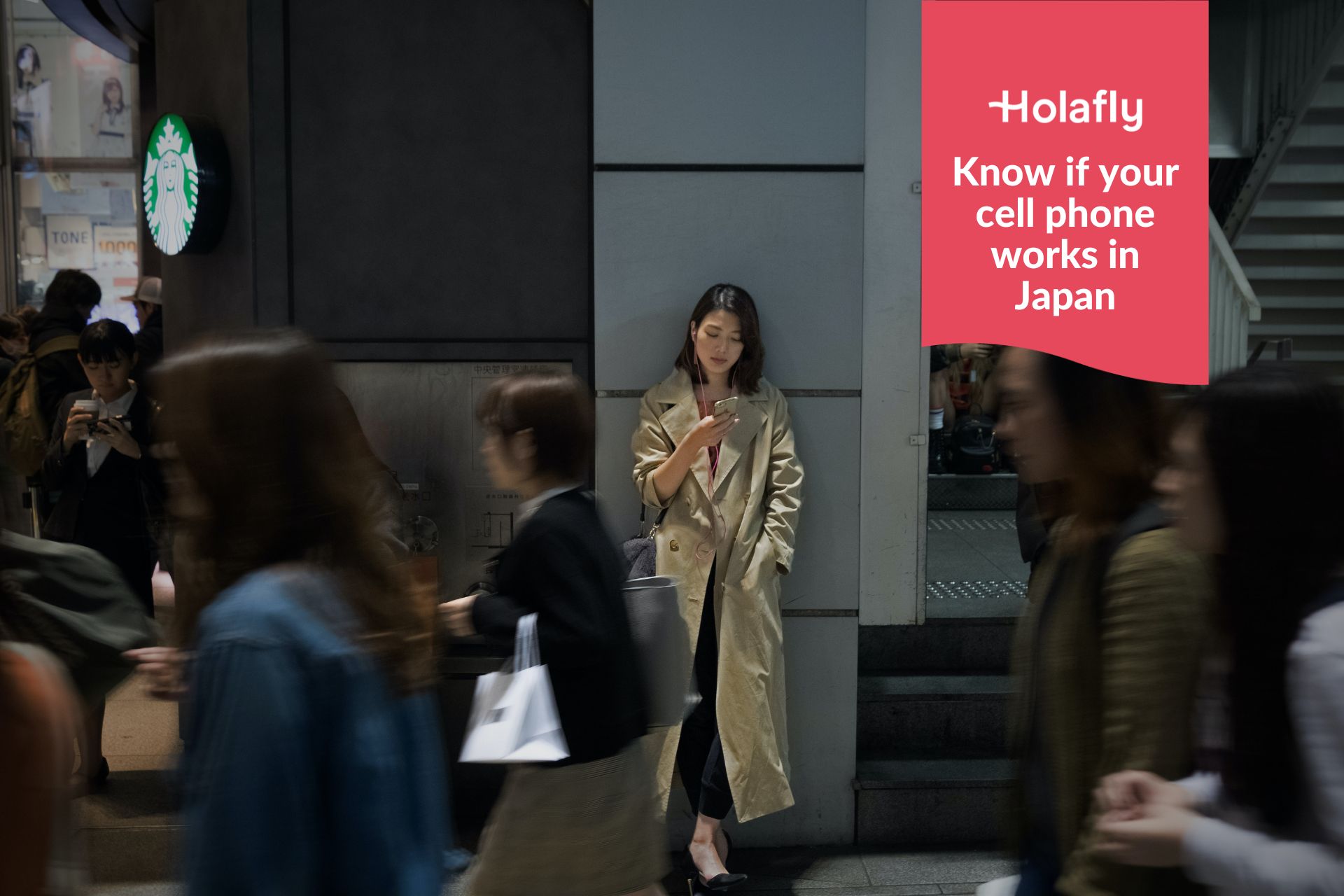


 +1M
+1M
With Holafly, you save +30% compared to roaming fees
Plans that may interest you
Is Japan very expensive to visit?
Exchange rates do fluctuate, but a trip to Japan is currently less expensive than it has been in years.
The US dollar is 15% stronger than it was one year ago in comparison to the Japanese yen and 43% stronger than five years ago. That’s a lot more ramen for your dollar.
The key to managing your spending is to choose what’s important, cover your bases, and save up in preparation. Your major costs are going to be:
- International flights
- Food and beverages
- Accommodation
- Transportation
- Entertainment
Ultimately, the cost depends on your travel style, destination within the country, and how you manage your expenses.
Let’s look further into those factors to help you see where you fall within the costs for a trip to Japan.
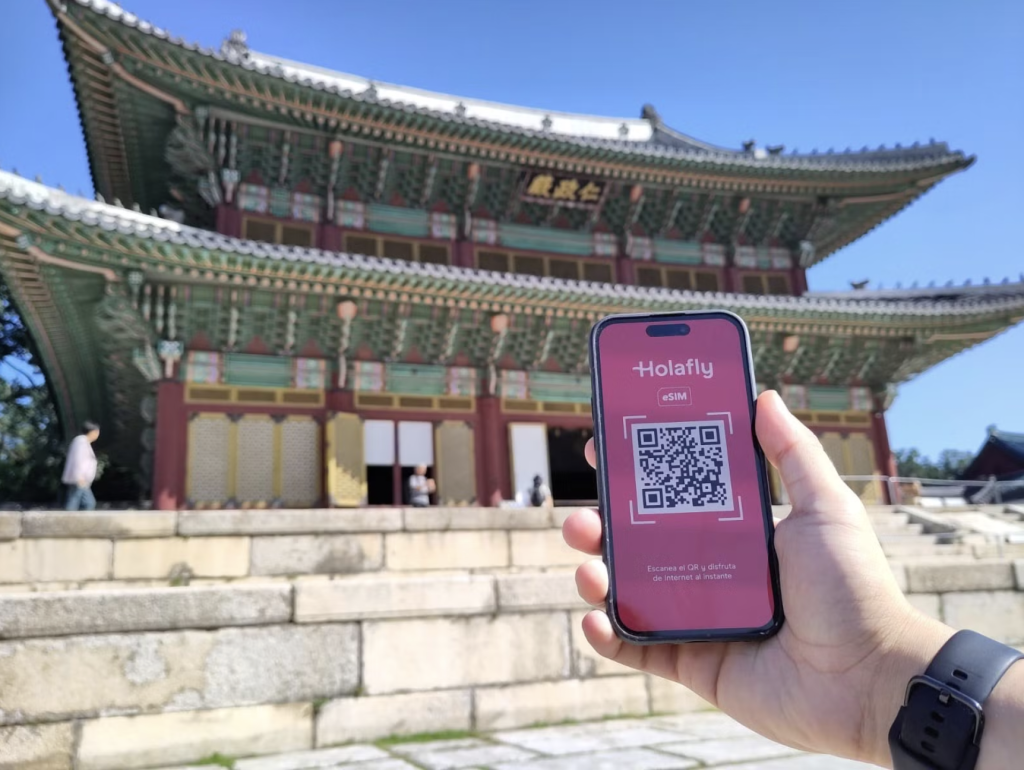
How much does a trip to Japan cost?
A trip to Japan costs about $1,225-$2,370 (USD) per person for one week at budget to mid-range pricing. Though, there are many variants inside this price range.
To get a closer look into an estimated budget, let’s break down the costs for both a one-week trip and a two-week trip to Japan in further detail.
How much is a 1-week trip to Japan?
Thanks to favorable conversion prices, a trip to Asia from the US is more affordable than it’s been in years, particularly in Japan.
The minimum cost for one person for a one-week trip to Japan is about $1,225 . This would include an economy flight, very modest accommodation, and budget food expenses with little to no extra cash for entertainment.
A mid-range average for one person for a one-week trip to Japan is around $2,000. This includes basic flights, staying at Airbnbs, casual dining, and public transportation.
Meanwhile, a single luxury traveler can expect a total estimated cost for a one-week trip to Japan from $3,500–$10,000 . This includes fine dining, high-end accommodation, and private transportation.
Though, these are estimates. Let’s walk through a model of hypothetical costs per travel persona to help you put together your Japan travel budget.
Keeping in mind that these numbers are averages and actual costs will depend on personal taste and choice, here’s a projected cost for a one-week trip to Japan for one person:
| Purchase | Cost for one person for 1 week |
|---|---|
| Round-trip flight | $700 – $1,200 (depending on origin and season) |
| Accommodation | $200–$500 (at budget to mid-range) |
| Food and entertainment | $175 – $420 |
| Transportation | $150 – $250 (including Japan Rail Pass and local transit) |
| Total Estimate | $1,225 – $2,370 |
Adapting the same model above for a pair, here are average costs for a one-week trip to Japan for two people:
| Purchase | Cost for two people for 1 week |
|---|---|
| Round-trip flight | $1,400 – $2,400 (depending on origin and season) |
| Accommodation | $420 – $1,050 (at budget to mid-range) |
| Food and entertainment | $350 – $840 |
| Transportation | $300 – $500 (including Japan Rail Pass and local transit) |
| Total Estimate | $2,470 – $4,790 |
Costs can fluctuate based on travel season, city choice, and personal preferences. A few dollars here, a few dollars there add up.
If you want to be cost-effective, set a travel budget for your one-week trip beforehand. Wouldn’t life be easier if sushi were inexpensive?
How much is a 2-week trip to Japan?
If you’re lucky enough to experience Japan for a full two weeks, focus on accommodation prices, best cities to fly from, and explore cost-effective transportation passes to save cash.
To prepare your own Japan travel budget, use the following table with general figures for the cost of one person traveling in Japan for two weeks:
| Purchase | Cost for 2 weeks |
|---|---|
| Round-trip flight | $700 – $1,200 (depending on origin and season) |
| Accommodation | $560 – $1,400 (at budget to mid-range) |
| Food and Entertainment | $350 – $840 |
| Transportation | $200 – $350 (including Japan Rail Pass and local transit) |
| Total Estimate | $1,810 – $3,790 |
Another great little way to save cash that will add up is to use public transportation. For instance, when arriving at the airport in Japan.
You could order a private car to pick you up, take a taxi, or use the airport train. The airport train is efficient, economical, and just may extend your budget.
To get an idea of what your costs may be for two people traveling together for two full weeks in Japan, check out the following figures:
| Purchase | Cost for 2 weeks |
|---|---|
| Round-trip flight | $1,400 – $2,400 (depending on origin and season) |
| Accommodation | $840 – $2,100 (at budget to mid-range) |
| Food and entertainment | $700 – $1,680 |
| Transportation | $400 – $700 (including Japan Rail Pass and local transit) |
| Total Estimate | $3,340 – $6,880 |
Again, prices can vary based on travel style, season, and specific destinations within Japan. Let’s delve a little deeper into those factors together.
Factors that will impact your trip to Japan’s cost
Your total cost for a trip to Japan will depend on your travel style and goals. Making it your own trip is what makes it memorable, and will help you develop your budget.
Let’s walk through the main cost factors and budget choices.
Flight prices
The first large cost you’ll have to incur for your Japan trip is the flight. Prices for flights depend on both the origin and the destination.
For instance, if you’re traveling from Canada to Japan, your prices will be different than someone visiting from, let’s say, Vietnam.
This is due to distance and also availability. When flying from one major city to another there are more options and therefore, most often, better prices. Booking in advance can also help to save cash.
Prices depend on factors such as your departure city, how far in advance you book, and the airline you choose.
Shoulder seasons are more affordable as they fall outside of the major holiday periods, offering good weather and fewer crowds.
Considering that these are estimates and will vary based on the previously stated factors, average flight costs to Japan include:
| Origin | Economy class price | First class price | Recommendations |
|---|---|---|---|
| USA | $800 – $1,800 | $7,000 – $12,000 | Due to proximity, major West Coast cities like Los Angeles and San Francisco may offer better prices than other origins |
| UK | $1,050 – $1,500 | $6,000 – $12,000 | Weekends are usually more expensive, searching for flights during the week may be cost-effective |
| Australia | $600 – $1,200 | $11,000 – $15,000 | Sometimes airlines offer deals around public holidays |
Here are some flight tips to maximize your wallet and minimize your Japan trip costs:
- Departure city: Major cities in the USA, UK, and Australia often offer cheaper flights than smaller regional airports. If you are traveling from a small city and can find inexpensive transportation to a larger city, this may be a cost-saver.
- Airline choice: Direct flights tend to be more expensive than those with layovers. Budget airlines offer attractive prices but keep in mind baggage fees and travel time.
- Time of year: Peak tourist seasons in Japan are Spring Cherry Blossom season from March to April, summer vacation from July to August, and around the new year from late December to early January. Late spring and autumn are known as the “shoulder seasons” and offer more reasonable prices.
- Booking in advance: Booking flights well in advance (3-6 months) can lead to better deals than last-minute purchases.
Lodging and hotels in Japan costs
You’ve got your packing list for Japan covered, and your flight booked, now – where to stay?
As another main cost factor in your Japan travels, choosing your accommodation wisely is one of the best ways to manage your budget.
More than a few dollars can be saved by choosing a cheap hostel over a business hotel. Though, if you’d like to splurge on your dream trip, we get it.
What’s most important is that you’re realistic about what you can afford and book in advance to lock in the best prices.
Let’s break accommodation costs into the following three categories: budget-friendly stays, mid-range stays, and luxury stays.
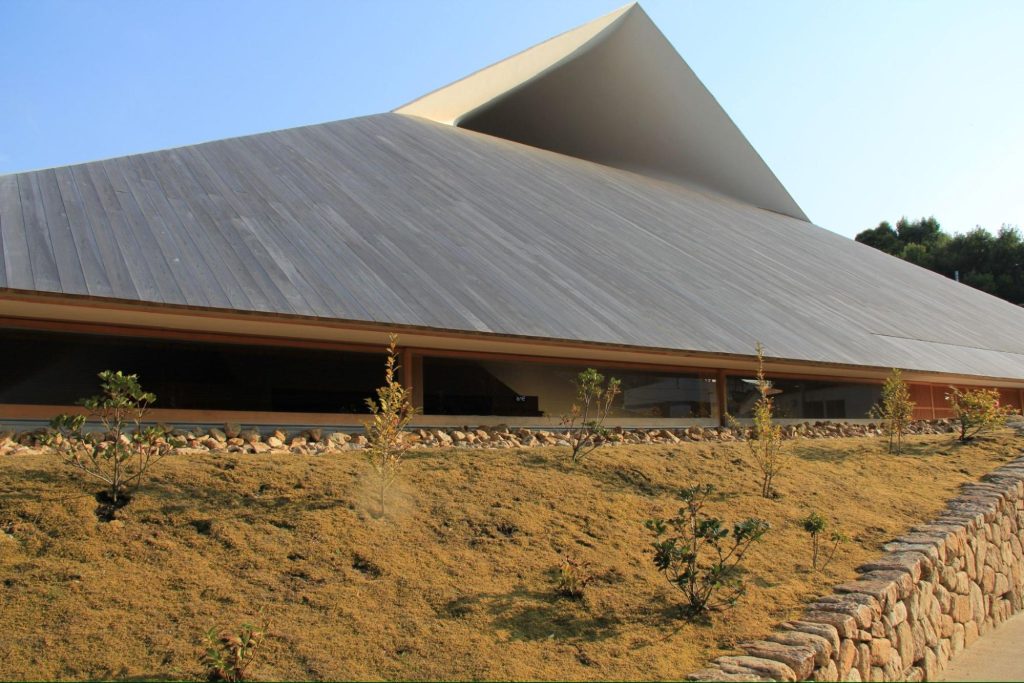
Budget-friendly stays
- Capsule hotels ($20 – $40 per night): These offer tiny, pod-like sleeping quarters, ideal for solo travelers seeking a clean and convenient place to crash.
- Hostels ($30 – $50 per night): Provide dorm beds in shared or private rooms at a slightly higher price. Staying at hostels is a great way to meet fellow travelers.
- Guesthouses ($40 – $80 per night): These are usually family-run and offer a more traditional Japanese experience with tatami mat flooring, futon beds, and even slippers if you’re lucky!
Mid-range stays
- Business hotel rooms ($80 – $200 per night): These compact, no-frills hotels are popular with business travelers and offer clean, comfortable rooms with basic amenities in convenient locations near train stations.
- Airbnbs ($80 – $200 per night): A common way to stay and experience local housing is to rent an Airbnb. This offers the option of finding creative or convenient locations offered by local owners. It also provides the opportunity to save cash by cooking some meals at home.
Luxury stays
- Luxury hotels ($300+ per night): International chains like Ritz-Carlton and Four Seasons offer high-end accommodations, impeccable service, and luxurious amenities. This option offers western familiarity while traveling and the favored but not always guaranteed – free breakfast!
- Ryokans (Starting from $200+ per night): This is a traditional Japanese inn that provides a unique cultural experience. Ryokans feature tatami mat rooms, futon beds, communal baths (onsen), and exquisite meals served in your room (kaiseki). A must-do for a special and authentic Japanese experience.
Japanese food and entertainment costs
To get a feel of how much a trip to Japan costs, the tables below show average costs for conservative, moderate, and luxury budgets and travelers.
Prices are shown in both Japanese Yen and US dollars, as that’s what you’re likely to see on the menu or ticket bill.
Keeping in mind that these are average prices and each traveler will have their own trip and experience, here’s a breakdown of food and entertainment costs per day, week, and month for three different traveler personas in Japan:
- Conservative traveler: You’re going to Japan on a tight budget. You’ll get food primarily from grocery stores and convenience stores, and eat simple meals from budget restaurants, street food, fast food, and ramen shops. For entertainment, you’ll focus on free outdoor activities like hiking, park visits, and minimal paid attractions such as temple sightseeing and essential zen garden visits.
| Cost for a conservative traveler | Per day | Per week | Per month |
|---|---|---|---|
| Food | ¥1,000 – ¥2,000 ($7 – $14) | ¥7,000 – ¥14,000 ($50 – $100) | ¥30,000 – ¥60,000 ($200 – $400) |
| Entertainment | ¥500–¥1,000 ($4 – $7) | ¥3,500 – ¥7,000 ($25 – $50) | ¥15,000 – ¥30,000 ($100 – $200) |
| Total | ¥1,500–¥3,000 ($11 – $21) | ¥10,500–¥21,000 ($75 – $150) | ¥45,000–¥90,000 ($300 – $600) |
- Moderate traveler: You’re going to Japan for a balanced experience. Nothing particularly fancy, nor leaning towards a very conservative budget. Your food costs will include casual dining at mid-range restaurants, small purchases in local markets, and of course the occasional street food indulgence. Entertainment costs will consist of entrance fees to unforgettable museums, maybe a theme park visit and some other tourist attractions, occasional cab rides, and modest shopping.
| Cost for a moderate traveler | Per day | Per week | Per month |
|---|---|---|---|
| Food | ¥3,000 – ¥5,000 ($20 – $35) | ¥21,000 – ¥35,000 ($150 – $250) | ¥90,000 – ¥150,000 ($600 – $1,000) |
| Entertainment | ¥2,000 – ¥4,000 ($14 – $28) | ¥14,000 – ¥28,000 ($100 – $200) | ¥60,000 – ¥120,000 ($400 – $800) |
| Total | ¥5,000 – ¥9,000 ($35 – $63) | ¥35,000 – ¥63,000 ($250 – $450) | ¥150,000 – ¥270,000 ($1,000 – $1,800) |
- Luxury traveler: Your trip to Japan consists of high-end purchases. Food will be enjoyed at fine dining and Michelin-starred restaurants. You’ll enjoy Japan’s premium shopping experiences, private tours, spa visits, and high-end cultural activities.
| Cost for a luxury traveler | Per day | Per week | Per month |
|---|---|---|---|
| Food | ¥15,000 – ¥30,000 ($100 – $200) | ¥105,000 – ¥210,000 ($700 – $1,400) | ¥450,000 – ¥900,000 ($3,000 – $6,000) |
| Entertainment | ¥10,000 – ¥20,000 ($70 – $140) | ¥70,000 – ¥140,000 ($500 – $1,000) | ¥300,000 – ¥600,000 ($2,000 – $4,000) |
| Total | ¥25,000 – ¥50,000 ($170 – $340) | ¥175,000 – ¥350,000 ($1,200 – $2,400) | ¥750,000 – ¥1,500,000 ($5,000 – $10,000) |
Total prices per trip fluctuate depending on lifestyle choices, spending habits, and anime purchases, but this gives a good estimate for planning.
Plan food and entertainment carefully and you’ll manage the cost of traveling to Japan to fit your budget.
Food and entertainment can be one of the biggest budget sections on your travel itinerary, and also take up the most space in your travel memories.
You don’t want to go all the way to Japan thinking “what could have been,” so choose the food and activities you’re sure you want to get in and prepare your budget.
Here’s a list of some of our top recommended food and entertainment experiences:
- Relax in natural hot springs across the country, available in major cities and rural areas.
- Learn Japanese traditions, culture, and history at the Tokyo National Museum.
- Taste Japanese street food at the Tsukiji Outer Market in Tokyo.
- Explore infamous Japanese zen gardens and temples.
- Eat at local Sushi and Ramen restaurants in Kyoto.
- Visit Universal Studios Japan in Osaka.
- Experience a tea ceremony in Kyoto.
For more of our favorite city guides, be sure to read up on things to do in Osaka, Tokyo, and Kyoto.
Now, picture this: You’ve got your phone hovering over a gorgeous plate of Japanese food ready to snap a picture, plans to go to an art museum afterward, and a week full of memories to share. But how will you upload it?
Knowing how to stay connected as you travel and whether your cell phone works in Japan are important factors not to overlook before you go.
You can always hop from one free WiFi to another at local cafes, but that won’t provide complete coverage.
You’ll be surprised at how much time you’ll spend on Google Maps finding that next best sushi restaurant.
You can try pocket WiFi in Japan, Japan SIM cards, or even data roaming to obtain coverage on the go. But these can be expensive or drawn-out methods to get online.
Instead, you can research the best eSIMs in Japan to discover a cheaper and easier way to find your next activity, access your favorite apps wherever you are, and share your experiences with friends and loved ones while in Japan.
Transportation costs in Japan
Transportation is another important factor in your Japan trip budget, particularly in major cities.
Let’s go through the various modes of transportation for getting around Japan to organize your wallet.
Japan Rail pass (JR pass)
Designed for tourists and travelers, the Japan Rail Pass (JR pass) allows unlimited travel on Japan Railways within a set period.
If you’re looking to explore the country, it’s a great cost-effective and adventurous option. Here are some JR pass prices:
| JR Pass | 7 Days | 14 Days | 21 Days |
|---|---|---|---|
| Cost in yen | ¥ 50000.0 | ¥ 80000.0 | ¥ 100000.0 |
| Cost in dollars | Approx. $330 | Approx. $530 | Approx. $670 |
Public transportation
Japan is a very safe country with an excellent public transportation system. You can use public transportation in major Japanese cities via affordable single trips and day passes.
Subway and train basic fares cost around ¥210, or $2 and day passes go for around ¥800, or $5. However, fares will vary from city to city.
Whereas buses usually cost about ¥220–¥260 or $1.50–$2 per ride, though they also vary depending on location. You can get a day pass with unlimited bus rides for one day for about ¥600 or $4.
A Japan tourist card can help you reduce travel time as a quick and easy way to pay for rides on public transportation. Bonus: the card offers discounts at participating attractions or museums in Japan!
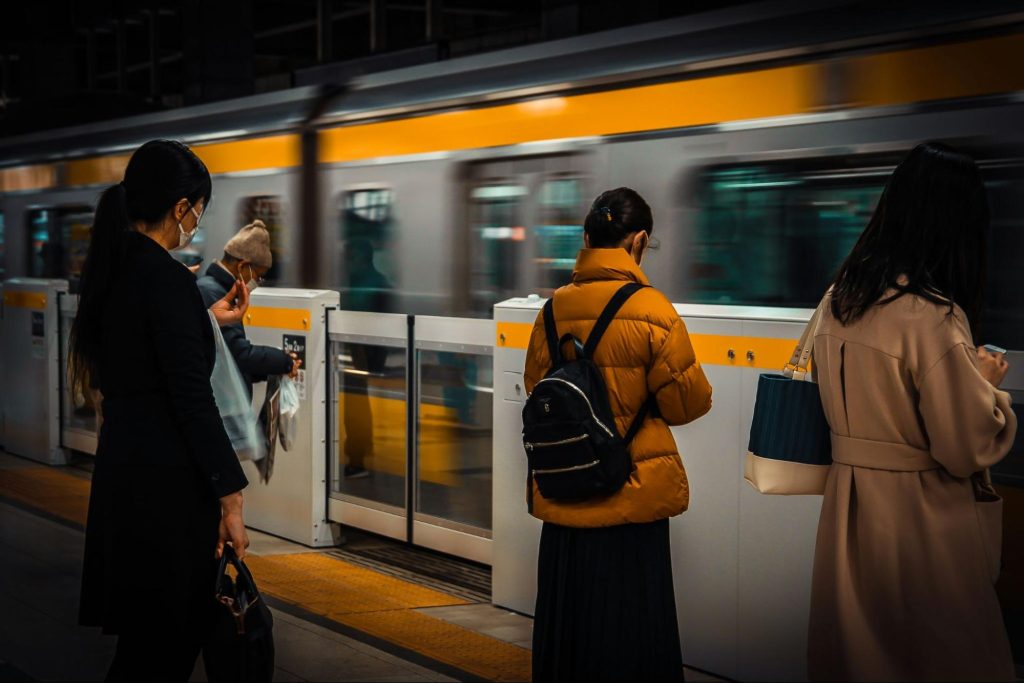
The bullet train is fast, efficient, and economical. For proper etiquette while using public transportation, read up on things not to do in Japan.
You’ll learn quickly the importance of following norms and keeping up with efficiency in this country. For instance, the train is so timely, it waits to arrive on time if it’s early!
Another public transportation option inside major Japanese cities are taxis. This is a less affordable option and can cost around ¥1,000–¥2,000 or $7–$14 for short rides inside cities.
Japan is known for tradition and fashion. The Tokyo subway could be your freebie theme park. Otherwise, a more private and luxurious mode of transportation is a rental car.
Car rental
Renting a car is a great way to explore the countryside, particularly in the forested north. Though, this option is on the higher end of expenses. For instance, renting a car in Tokyo can cost $62 per day.
Keep in mind that you’ll have to pay for gas and potentially purchase insurance. Japan has a number of local and international car rental companies to work with if you choose this for your visit.
Bikes
A great way to save cash and explore Japan in a fun and active way is to rent bikes. You can rent a bike in Kyoto for just over $5 a day.
It’s a fairly inexpensive option to get around the city and make an activity of sightseeing the towns or cities. You can check local bike rental stores for availability and pricing.
The pros and cons of traveling in peak season vs. shoulder season
First of all, what is peak season and what is shoulder season?
Peak season is during the spring or “cherry blossom season”, which is late March to early April. Then, peak season occurs again in autumn for “fall foliage” in October and November.
While shoulder season is after the rush in late spring (May to June) and late autumn (September to early October). This is when crowds, colors, and prices are lower.
Either way, it’s a trip to Japan! So you can’t go wrong. But let’s explore the advantages and disadvantages of traveling during peak season versus shoulder season to help you manage your Japan trip costs.
For peak season:
| Peak Season Advantages ✅ | Peak Season Disadvantages ⚠️ |
|---|---|
| Cherry blossoms! | Higher costs for flights and accommodation |
| Vibrant atmosphere with season festivals | More crowds |
| Mild and agreeable temperature | Decreased availability at restaurants, theme parks, museums, and accommodation |
For shoulder season:
| Shoulder Season Advantages ✅ | Shoulder Season Disadvantages ⚠️ |
|---|---|
| Fewer crowds | Unpredictable weather – bring your raincoat! |
| Lower prices | Not all attractions will be available |
| More availability in terms of accommodation |
Japan is very famous for the cherry blossoms that cover the country during the spring. Poets have written about it for centuries, and tourists and locals alike continue to flock to these blooms today. They’re so enchanting, they shape both Japanese culture and tourist seasons.
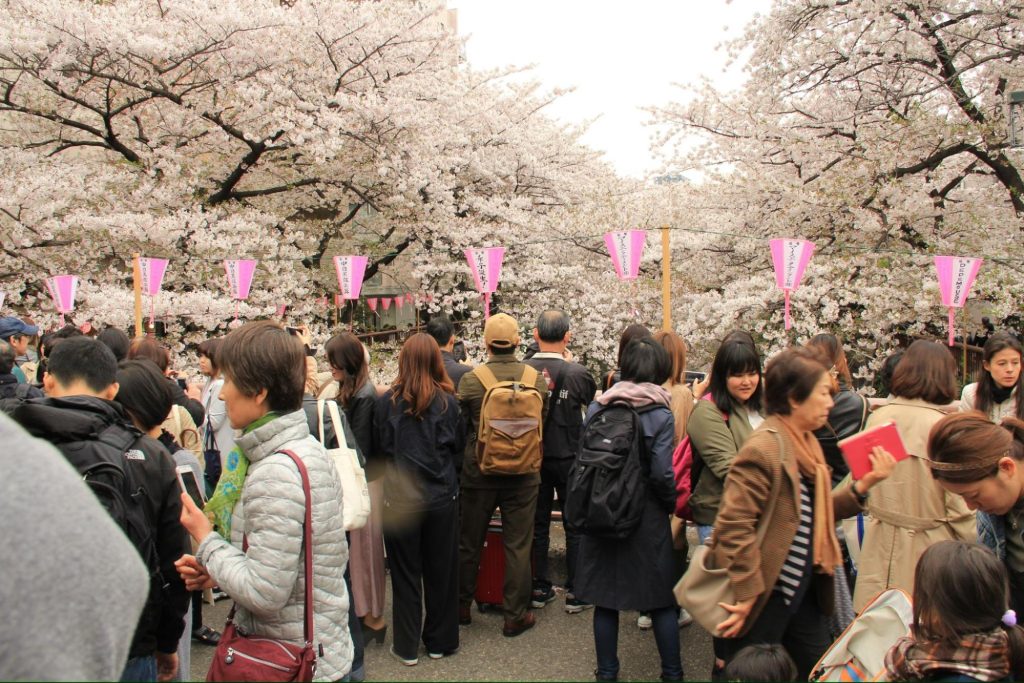
To make the most of your trip, take a look at the best times to travel to Japan. Though the cherry blossoms are 100% worth seeing, they’re not all Japan has to offer.
Fall foliage is also another popular option with agreeable temperatures, lower prices, and autumn colors.
How much a trip to Japan will cost depends on the season. Peak seasons hold higher prices for flights and accommodation. Though, for good reason.
5 Essential tips to save money when traveling to Japan
Traveling to Japan is a dream trip for many. Make it your reality with these top tips for saving money on a trip to Japan:
- Travel during the low season. You’ll save on accommodation and flights.
- Plan in advance. Entry tickets can be less expensive in advance online.
- Purchase consciously. Japanese restaurants and entertainment can add up.
- Pack strategically. Avoid unnecessary purchases – pack snacks and layers!
- Stay connected with Holafly’s eSIM for Japan. Travel free of roaming fees.
Sometimes what makes a moment special is who you share it with. Stay connected when you visit Japan with the Holafly eSIM for Japan and share your adventures with your friends and loved ones at home.
With a range of adaptable data plans for your needs, you’re sure to find your fit to send your favorite pics!














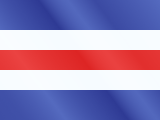
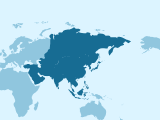



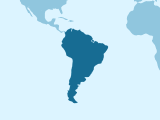








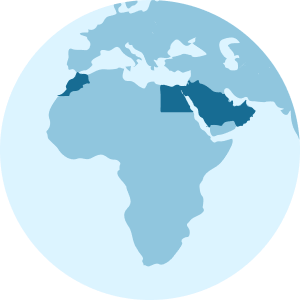






 Language
Language  Currency
Currency 


















 No results found
No results found





